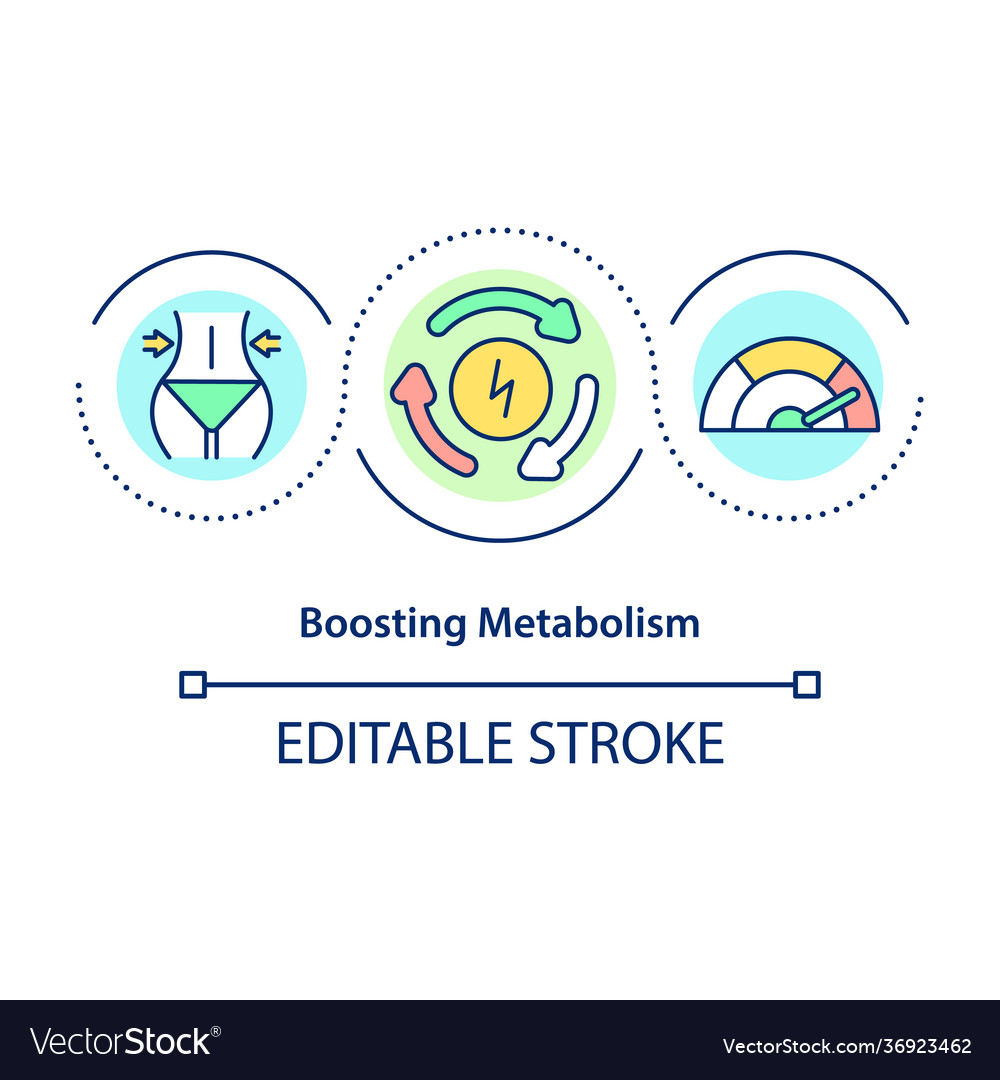
Walking is a good exercise, but it's not the only exercise that can help you lose weight. Strength training involves increasing the intensity of your walking. Strength training improves your cardiovascular endurance and can help you burn calories. Moving at a moderate pace is a good way to lose weight. Strength/resistance training is also an effective way to lose weight, as it comes with a long list of health benefits.
Intensification of the fire
There are many benefits of increasing the intensity of your walking. Walking is free of cost and can lead to weight loss. You will burn more calories and fat if you increase the intensity of your walking. It is important to increase the intensity of your walks by pushing yourself to do more. For a more intense workout, you can add an incline to your walk.
While walking, you can do bodyweight exercises such as squats and lunges, push-ups and step-ups, burpees, glute bridges or push-ups. Increased intensity of walking can be a great way to burn body fat before you start higher-impact exercises. You will feel healthier and have more energy to do more strenuous activity.

Increased hydration
You are probably aware of the many benefits of increased water intake. Hydration is crucial for the body, and walking promotes greater hydration. It is sometimes difficult to drink the recommended amount of water daily. Caffeinated beverages are especially bad for your health, as they can make you feel thirsty and cause you to stop frequently to urinate. To replace the lost water, you should eat more fruits, vegetables, and salty foods.
For proper brain function, H2O is essential. The human body is approximately 73% water. Even a small amount of dehydration can have a significant impact on cognitive functions, physical movement and immediate memory. The brain releases a chemical to dehydrate cells. This chemical constricts blood vessels which can lead to high blood pressure and increased stroke risk. By drinking lots of water when walking or engaging in other activities, you can prevent dehydration and keep your blood vessels open.
Caloric burn increases
Increased intensity when walking can help you lose weight by up to 30%. Walking on uneven terrain can increase your energy expenditure by up to 30%. You can think of your core as pulling your shoulders back and engaging your core. Every step should be taken with your glutes engaged. Walking faster and on an inclined surface will increase energy expenditure as well as your heart rate. It's possible to lose weight quickly by increasing your intensity.
Wearing fitness trackers, or using a wristwatch to determine the calorie-burning ability of walking can help you measure it. Step-counting tools don't consider the intensity of your exercise. Talk to a registered nutritionist to find the right diet for you. Unlike other physical activities, walking requires no equipment and can help you prevent knee problems and arthritis.

Increased time of day
It's more than the physical benefits that walking has for your health. Walking regularly has been shown to reduce obesity and diabetes. Regular exercise has been shown to improve mental and physical health. Likewise, people who walk after meals have lower blood pressure, lower cholesterol, and lower overall body weight. Even if your health is not in question, walking can help to avoid future health problems.
Walking with hills or intervals can help you lose more fat. In addition, increasing the time of day you walk can help you burn more calories than if you exercised only at night. Walking is not a complete exercise program, but it can boost your metabolism and improve overall health. Before you start a walking program, consult your doctor if you have been sitting for a while.
FAQ
Can I eat fruit while on intermittent fasting
Fruits are great for you. They provide vitamins, minerals, fiber, antioxidants, and other nutrients. But, they can also contain sugar that can spike blood glucose levels. This can lead insulin resistance and weight increase. If you're looking to lose weight with an IF diet then you should choose fruits that are low in glycemic.
What can I drink in the morning while intermittent fasting?
Get water in the morning. It will help you feel fuller, faster, and it will give you energy throughout your day. If you want to add flavor, try adding lemon juice or cucumber slices.
Why lose weight when you are 40 years old?
People over 40 should take care of their health and keep fit. It is also crucial to find ways to keep fit throughout life. This means regular exercise and eating healthy, as well as not smoking and moderate alcohol.
It is also important for us to realize that our bodies will change with age. Our bones begin to weaken and our muscle mass begins to shrink. It is possible to slow down the process of aging by taking good care of ourselves.
As we age, there are many advantages to being healthy and fit. These benefits include:
-
Better Sleep
-
Improved moods
-
Enhanced energy levels
-
Lower chance of developing cancer
-
A longer life
-
More independence
-
Better sex
-
Improved memory
-
Improved concentration
-
Improved circulation
-
Stronger immune system
-
Less pain and aches
What level of exercise is required to lose weight?
There are many factors that influence the amount of exercise required to lose weight. These include your gender, age, body type and how heavy you are. However, the majority of people require at least 30 minutes of moderate exercise five days a week.
The American College of Sports Medicine recommends 150 minutes of moderate-intensity aerobic activity each week, spread over three days.
For example, if your goal is to lose 10lbs, aim for 300 minutes of moderately intense exercise per week. This includes activities such swimming laps (brisk walking), biking, dancing and playing tennis.
Consider doing 20 minutes of vigorous exercise thrice a week if you are just starting out. You could do sprints, lifting weights or jumping rope.
Aerobic exercise is a great way to burn calories and build muscle mass. Muscle burns more calories than fat does. Building muscle and losing weight could help you get there faster.
Statistics
- A 12-week study in 20 women with obesity found that walking for 50–70 minutes 3 times per week reduced body fat and waist circumference by an average of 1.5% and 1.1 inches (2.8 cm), respectively (healthline.com)
- Another study found that 24 weeks of weight training led to a 9% increase in metabolic rate among men, which equated to burning approximately 140 more calories per day. (healthline.com)
- It's estimated that half of all American adults attempt to lose weight every year (1Trusted (healthline.com)
- One 6-month study showed that simply doing 11 minutes of strength-based exercises 3 times per week resulted in a 7.4% increase in metabolic rate, on average. (healthline.com)
External Links
How To
How to Intermittent Fasting
Intermittent fasting is a dieting method where you normally eat one day per week, usually Monday through Friday. The idea behind this is to reduce your overall calorie intake while still getting adequate nutrition. This will allow you to burn fat more quickly than eating regular meals throughout the week.
The most common form IF is to reduce calories on specific days. This would mean that you skip breakfast each morning, and then eat whatever food you like throughout the day. You can also opt to eat three small meals a day instead of two large.
You can choose from many different types of intermittent fasting such as alternate day fasting (alternative day fasting), 5/2 fasts (8/4 fasts), 16/8 fasts, and so on. There are pros as well as cons to each form of intermittent fasting. Because you don't need to make major lifestyle changes, alternate day fasting can be the easiest way to get started. However, some people find it difficult to stick to a strict schedule like this, so they might prefer to try other methods first.
I recommend alternate-day fasting if you're starting an intermittent fasting regimen. This will allow you to gradually transition into more extreme fasting routines without completely changing your lifestyle.